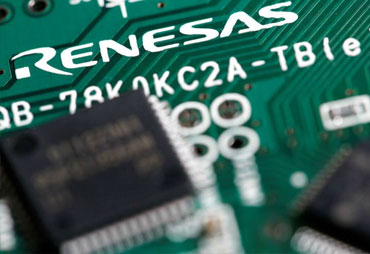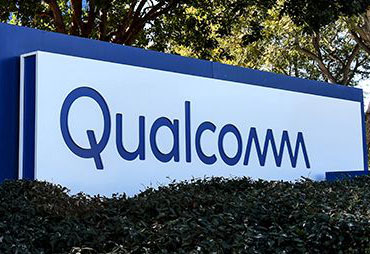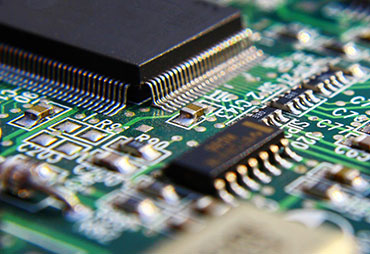A Silicon Chip Shortage May Delay Headphones and Game Consoles, but Don’t Panic
In 2020, the country was challenged by product shortages affecting everything from toilet paper to pasta. Now 2021 is presenting a new obstacle: a low supply of the silicon chips used in computers, smartphones, gaming consoles, and other electronics. After reading some of the coverage of these shortages, you might be concerned that, in a few months, you won’t be able to buy certain devices at all. That’s not quite the case, but the situation may require a little flexibility and patience. We spoke with industry analysts and Wirecutter staffers to find out what you can expect in the months ahead and how to shop for specific electronics.
What’s causing the chip shortages?
The current chip shortage is the result of a perfect storm of factors, including pandemic-related work stoppages, increased demand, and broken transportation logistics. This clusterfrack of issues impacts different tech segments in different ways but often produces delays in getting gear into your hands.
Last year, many industries experienced manufacturing declines or complete halts in production as a result of the pandemic. The handful of plants that make silicon semiconductor chips were no exception. However, as safety protocols for workers were put into place and outbreaks were contained, most plants got back up and running to their original output levels within a few months. That still left a backlog of orders that needed to be filled, though. Despite increasing production to work around the clock by instituting 12-hour shifts (according to the sources we interviewed), the silicon-chip plants could never fully catch up because the orders continued to increase.
Even while manufacturing declined, demand boomed. Silicon chips are in nearly every computer, smart-home product, wireless gadget, and gaming device. As the pandemic shifted the places people work and seek entertainment, more people than ever began buying up new gear to outfit their new normal, according to Stephen Baker, who tracks consumer electronics for the market research firm NPD Group. This surge in sales—consumer tech was up 17% last year, Baker says—left many companies scrambling to meet the new demand. As a result, brands placed significantly larger orders for semiconductors than they would have bought in previous years. With plants already working at maximum possible output, the silicon-manufacturing industry had no way to instantly ramp up to meet these escalating orders.
Adding to the situation is the increased strain on shipping. Anyone who has logged in to check the status of a package has seen the notices from DHL, FedEx, UPS, and the US Postal Service citing increased safety regulations and worker absences as causing significant transportation delays. The commercial shipping business is facing a similar problem: Ports in Los Angeles and Long Beach have container ships clogging the docks, all waiting to be unloaded. So even if a manufacturer manages to obtain the silicon chips it requires and makes the gear you want to buy, getting that gear to your house is taking longer and/or costing the company more.
What kinds of products are affected?
Despite all the hullabaloo, Baker says you should be able to buy just about anything you need—with a few notable exceptions, such as cars and gaming consoles (more on that below)—but you may have fewer choices in a given category. It’s tricky to predict exactly which brands or models might be difficult to find and how quickly they’ll be back in stock. Baker says manufacturers are responding differently to the situation depending on their relationships with the chip makers and their previous product stockpiles. Some are holding off on launching new products. Others are allocating all the chips they can get to their flagship models and most popular or profitable models and holding off on making less-popular or older models. Many companies are planning to hold off on sales, deals, and price drops in an effort to slow demand and reduce the risk of disappointing buyers.
Understandably, in an effort to avoid panic buying (remember what happened with paper towels?), most companies are playing their cards close to the vest at the moment. Wirecutter has been keeping a watchful eye on things, and here’s what we’re seeing in the electronics categories we cover.
Computers, smartphones, and computer accessories
Senior staff writer Andrew Cunningham and the rest of Wirecutter’s PC team started noticing supply problems last spring, when a sudden spike in demand for everything from laptops to monitors to webcams suddenly meant that our picks were disappearing or constantly going in and out of stock. Now that companies have had time to adjust, most things are a little easier to buy than they were at the start of the pandemic. Intel said in December that it had transformed some unused office space—freed up because those employees were now working from home—into manufacturing space that it could use to make more chips to meet demand.
The main issues right now are that some individual computers might be out of stock or hard to buy at any given moment and that good budget products can be harder to find—and more expensive—than they used to be. That’s because companies like AMD are focusing their limited manufacturing capacity on higher-end chips that make more money, so budget chips are in shorter supply.




